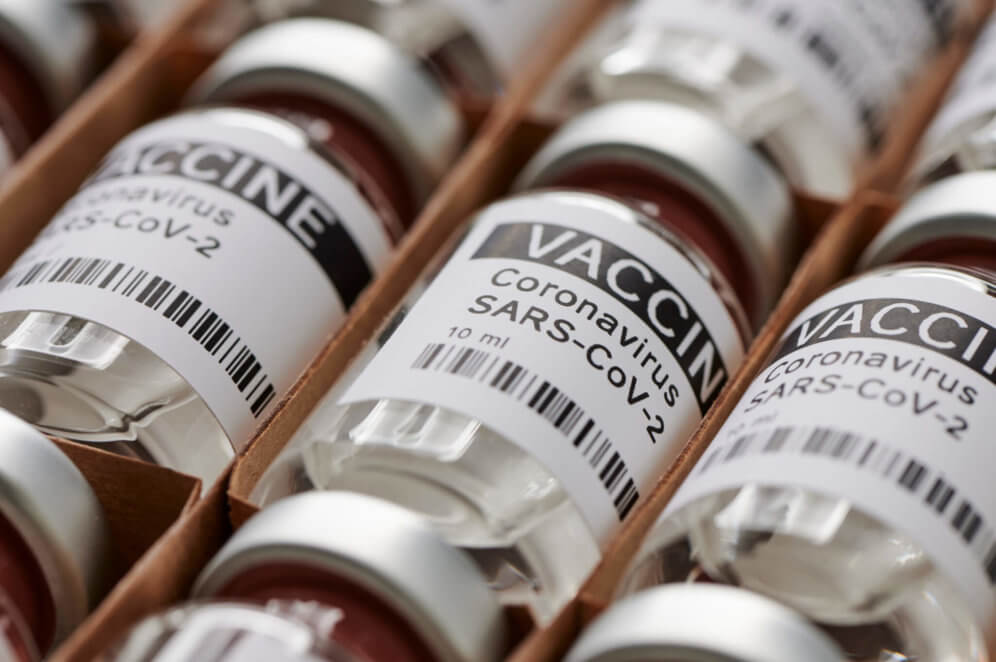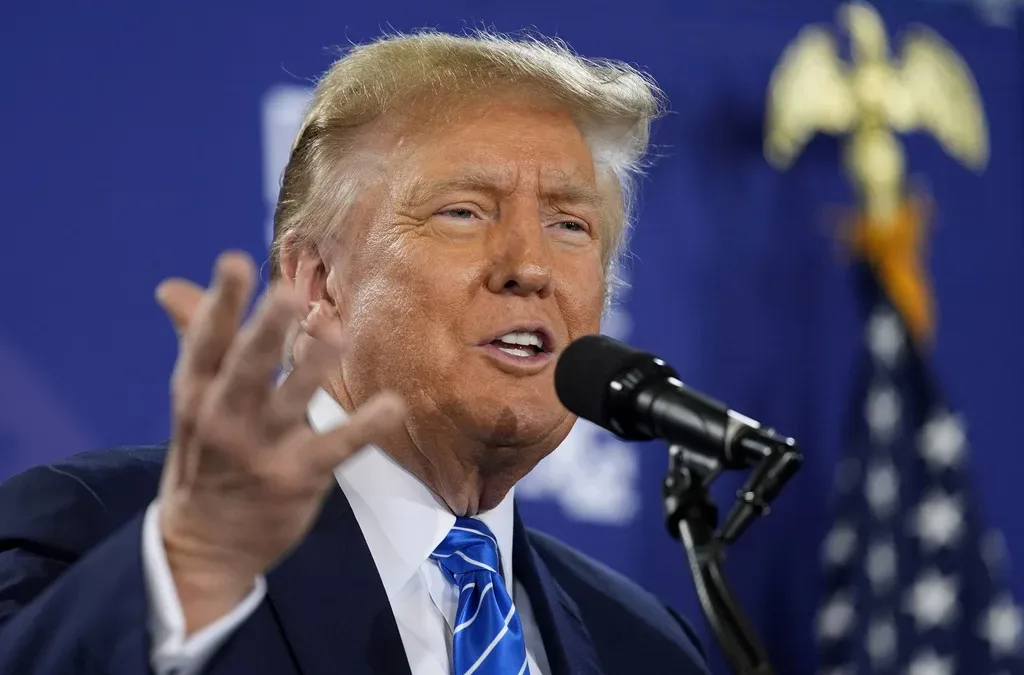
Do you live in a small county? That’s bad news for your vaccine prospects.
RICHMOND – With Virginia receiving fewer vaccine doses than expected, state officials had to come up with a way to ration the supply. To do that, they took a look at population numbers.
Up until last week, the Virginia Department of Health was able to administer a COVID-19 vaccine to everybody who wanted one. This week, that dynamic changed, according to Dr. Danny Avula, who is leading vaccine administration efforts for the department. Demand is far outpacing supply. For at least the next month, Avula said, VDH is only anticipating shipments of about 105,000 doses per week.
Population Will Set Vaccine Allocation
On the one hand, having a clear idea of the number of doses districts can expect will be helpful. “We’ve been able to commit to a ballpark number for each community,” so planning and advertising vaccination clinics is easier now, Avula said. At the same time, he warned, “We need to manage and temper expectations.”
Avula explained that vaccine doses will be allocated geographically based on an area’s percentage of the total population. That means a county of 90,000 people, or 1% of Virginia’s population, would receive 1% of the total vaccine doses each week. That represents 1,050 doses per week for 90,000 people.
Avula conceded that there’s no perfect way to allocate vaccine doses. But VDH is trying to ensure doses are being distributed efficiently and equitably. “There is not a lot of new vaccine coming into the state,” Avula said, and this approach “leaves very small amounts for some areas.”
By Monday, the entire state should have moved into phase 1b of vaccination, Avula said. But the group of people who qualify for vaccination during that phase is “very large,” he said. As a result, vaccination will happen on two parallel tracks.
“The approach on the ground is to provide some capacity each week for those 65 and older and those with underlying conditions,” Avula explained.
Simultaneously, health districts will try to create vaccination opportunities for essential workers. Both groups qualify under phase 1b guidance. So in practice, geographic allocations will be split between these two sets of people.
RELATED: When Will Virginia’s Vaccine Shipments Increase?
Approach Raises Equity Concerns
During a press conference Friday, Avula faced questions about whether any other factors would be considered when determining local allocations. For example, Virginia’s Eastern Shore hosts chicken plants staffed by thousands of frontline workers. Other regions of the state may have higher proportions of elderly residents, for example, and maintaining racial equity is also a concern.
However, Avula said distribution will be based solely on population and a region’s capacity to administer its allocated doses.
Over the past few weeks, health districts across the state have been building up that capacity, so it’s no longer a major concern.
Virginia has about 2,000 different provider groups approved to give vaccinations, along with 400 pharmacies. “There is a significant amount of capacity,” Avula said.
For the state to reach its goal of vaccinating 70-80% of the population, it should be administering 50,000 doses per day. As of Jan. 22, the seven-day rolling average is about 19,400 doses per day. “I don’t have any concerns about us being able to get to 50,000 doses a day, except that we don’t have the vaccine,” Avula said Friday.
He said recent revelations that the federal government has diminished its stockpile made state-level officials reconsider distribution plans. VDH has a good idea of how much vaccine it will receive each week. That amount is simply much smaller than officials had hoped.
Lag in Data or Vaccination?
Avula also highlighted another issue with vaccine rollout. About 600,000 doses of the vaccine are currently unaccounted for. As of Jan. 22, Virginia has distributed just over one million doses of vaccine. However, according to the VDH data dashboard, only about 425,000 of those doses have been administered. So where are the rest?
Avula said much of his work with the VDH so far has involved “identifying where the vaccine is and how it’s moving.” A number of the doses that are thus far unaccounted for are earmarked for long-term care facilities, he explained. Through a federal partnership with CVS and Walgreens, 49 states (excepting West Virginia) agreed to allocate some of their doses directly to those pharmacies. CVS and Walgreens, in turn, were supposed to administer vaccinations to long-term care facility residents and staff.
So far, Virginia officials count about 47,000 doses that have been administered through the federal program.
Avula said at the long-term care facilities, at least, delays in vaccination are not due to a lack of supply. Rather, the program has faced logistical issues and a relatively low uptake rate. “Uptake is low in certain circumstances,” Avula said. He said anecdotal data suggests that residents of the facility are electing to receive the vaccine at rates of about 70-80%. Staff, on the other hand, are at a mere 30-40% uptake rate.
VDH is considering reallocating some of the doses previously distributed to CVS and Walgreens. Those would be given to other pharmacies throughout the state, Avula said. There are many pharmacies that have existing relationships with long-term care facilities, he explained, and they could get doses administered at those facilities sooner.
Are Vaccines Being Wasted?
Avula said Friday that while vaccination facilities are required to report wasted vaccine to the CDC, he is not aware of the exact waste rate in Virginia.
Vaccines could potentially be wasted if a vial of vaccine—which contains multiple doses—is thawed and opened. Then the full vial can’t be administered before the vaccine spoils.
Avula said the VDH is trying to be “as permissive as possible” regarding a health district’s flexibility to administer vaccines. For example, in Northern Virginia, people often travel between the many DC-area counties. They could be a resident of one and find it’s convenient to be vaccinated in another.
Avula said “every health district has been using closed pods since the beginning of this—a portion was clearly being set aside for closed pods,” where “closed pods” refers to requiring proof of residency to be vaccinated. He said some localities have opted for an “open pod” model for some of its doses, but “if it starts creating inequities, we’ll have to revisit it.”
Politics

Trump says he’s pro-worker. His record says otherwise.
During his time on the campaign trail, Donald Trump has sought to refashion his record and image as being a pro-worker candidate—one that wants to...

Virginia NAACP to sue Youngkin over handling of DEI records requests
The civil rights group said it would take Youngkin to court for not releasing communications between his office and state universities related to...
Local News

Virginia verses: Celebrating 5 poetic icons for National Poetry Month
There’s no shortage of great writers when it comes to our commonwealth. From the haunting verses of Edgar Allan Poe, who found solace in Richmond's...

Join the fun: Recapping Family Literacy Night’s storybook adventures
When’s the last time you read a book aloud with a loved one? If it’s difficult to answer that question, then maybe it’s time to dust off that TBR...




